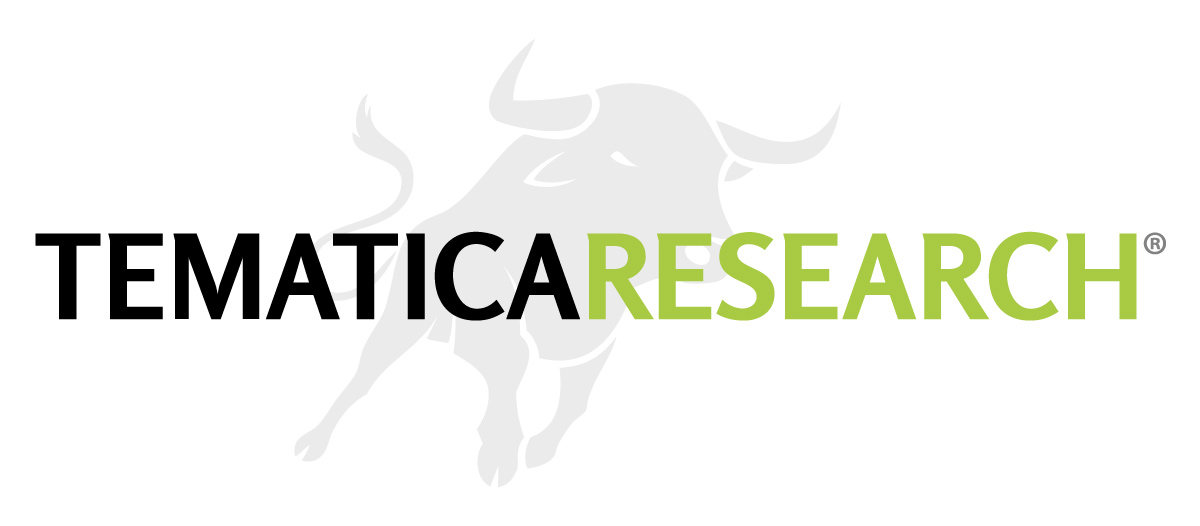The Lunacy of Predictive Probabilities
 This weekend as I worked my way through my usual stack of market and economic reading, I was amazed at the proliferation of predictive probabilities concerning a double dip. (Did I just open this post with an alliteration that goofy? It’s Monday.) The predictive probability of a quarter coming up heads is reasonable, assuming that we know the coin isn’t weighted with some unknown bias. We can recreate the event, the coin flip, endlessly or until we get really bored, and demonstrate that with any flip of the coin there is a 50% probability of heads and a 50% probability of tails. That is a simple, repeatable event with very limited variables. Once we assign a number to this probability, we become more confident in our assessment and the mental mechanism of anchoring kicks in. Assigning a number lowers anxiety and gives comfort that the unknown is now known.
This weekend as I worked my way through my usual stack of market and economic reading, I was amazed at the proliferation of predictive probabilities concerning a double dip. (Did I just open this post with an alliteration that goofy? It’s Monday.) The predictive probability of a quarter coming up heads is reasonable, assuming that we know the coin isn’t weighted with some unknown bias. We can recreate the event, the coin flip, endlessly or until we get really bored, and demonstrate that with any flip of the coin there is a 50% probability of heads and a 50% probability of tails. That is a simple, repeatable event with very limited variables. Once we assign a number to this probability, we become more confident in our assessment and the mental mechanism of anchoring kicks in. Assigning a number lowers anxiety and gives comfort that the unknown is now known.
I’m a numbers kind of girl who would love nothing more than to be able to reduce life to simple binary data. Zeros and ones are clean, simple and lacking in the annoying vagaries that make up the realities of life. The economy and the markets in particular are entirely too complex to be quantified in such a simplistic manner. That’s like telling me that there is a 2% chance that I’m going to die and a 3% chance that I’ll win the lottery in the next week without telling me what assumptions were used. Did you assume I was going sky diving, playing Russian roulette, or sitting at home knitting? Purchasing one lottery ticket or a thousand, for a local fundraiser or the State of California? At best, predictive probabilities without underlying assumptions are about as useful as a Cash for Clunkers, (oops, typing Tourettes strikes again). We saw the logical consequence of this type of hubris in the recent financial crisis as analysts fell in love with their own models, (a modern day Pygmalion) and believed they could quantify the likelihood of future events. We all saw how well that turned out.
